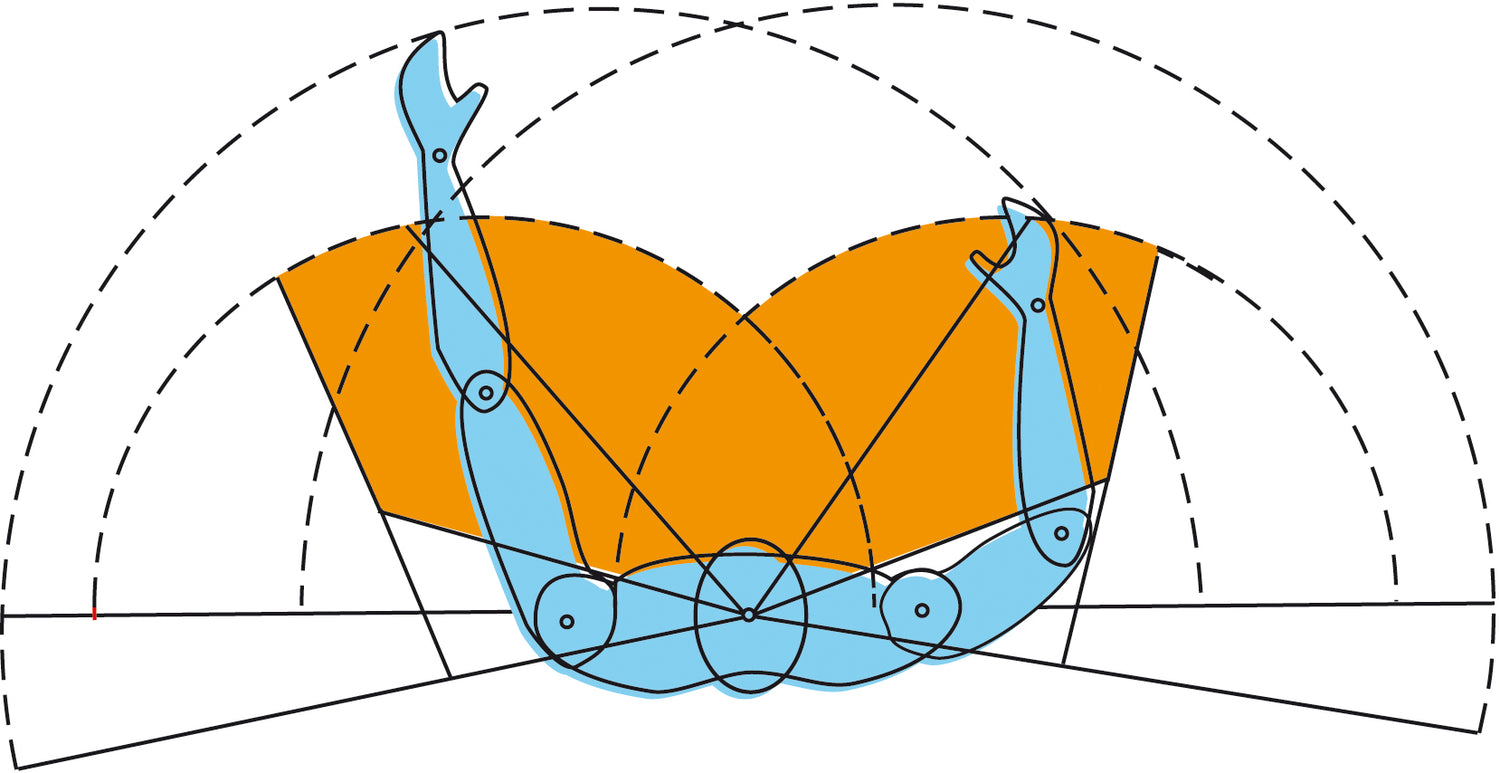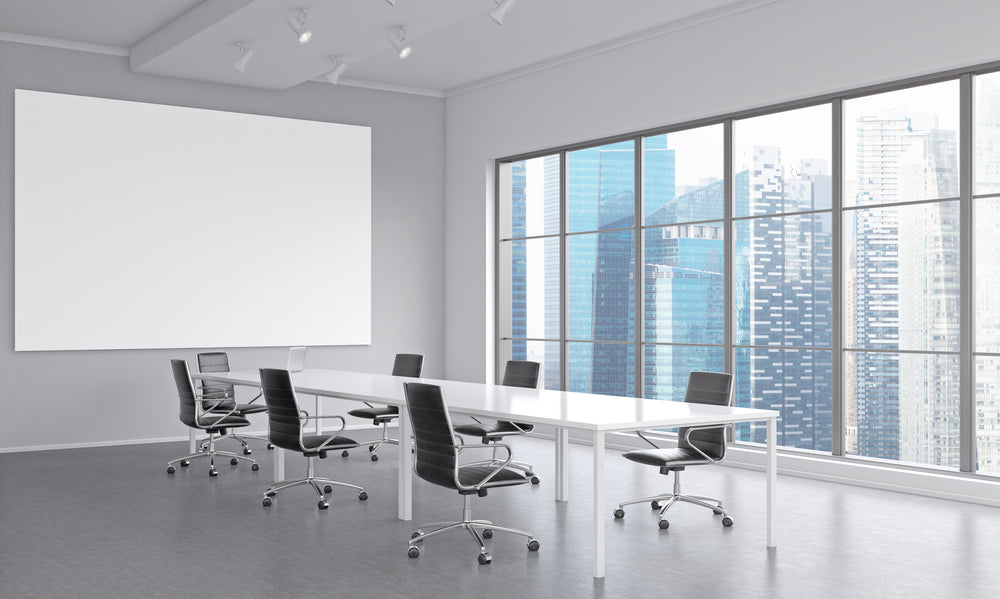If you’ve been following the news in recent months, you’ve likely read how prolonged sitting can contribute to poor health and wellness. When sitting constitutes the best part of your day, it’s important to know the facts on sitting and how to go about making the right investment – whether that’s just for you, or the people in your workspace.
Articles with powerful taglines that read like a cigarette campaign, such as the BBC’s ‘Sitting is the new smoking’ are a little misleading. While it’s important to draw attention to how sedentary postures can have negative health implications, equally so can standing for too long. The compound effects of remaining in any posture for an extended duration are similar to those of being seated: neck; shoulder and back pain, swollen feet and fatigue.
What many of these articles fail to point out is that the real problem in our working lives is the lack of movement. Our bodies are made to move throughout the day, keeping circulation; digestion and many other biological processes active and productive. When we remain in fixed postures, these processes also slow down; creating protracted health implications.

So how long should you stand at your desk?
While there’s no specific amount you should stand, our ergonomic consultants suggest that you should sit for half an hour and stand until you get tired. In a 8 hour working day, you should aim to stand on average for 2 hours.
What about active sitting?
Although not a replacement for dynamic, whole-body activities; it is possible to introduce movement into our seated postures. Reclining and changing positions while seated can reduce pressures in our vertebral discs, improve circulation and allow for muscle activation. Just because you sit, doesn’t mean you should sit still.
This is also where your choice of a chair will play an important role. When seated, you’ll want to be well-supported in relaxed postures that promote health and productivity. To find out more about what to look for in an office chair, check out this article.
The simple message is while seated, make sure you are well-supported, comfortable, and productive… then get up and move.

If you’d like to find out more on ergonomics and what types of task chair and standing desks might be right for you, feel free to get in touch.



